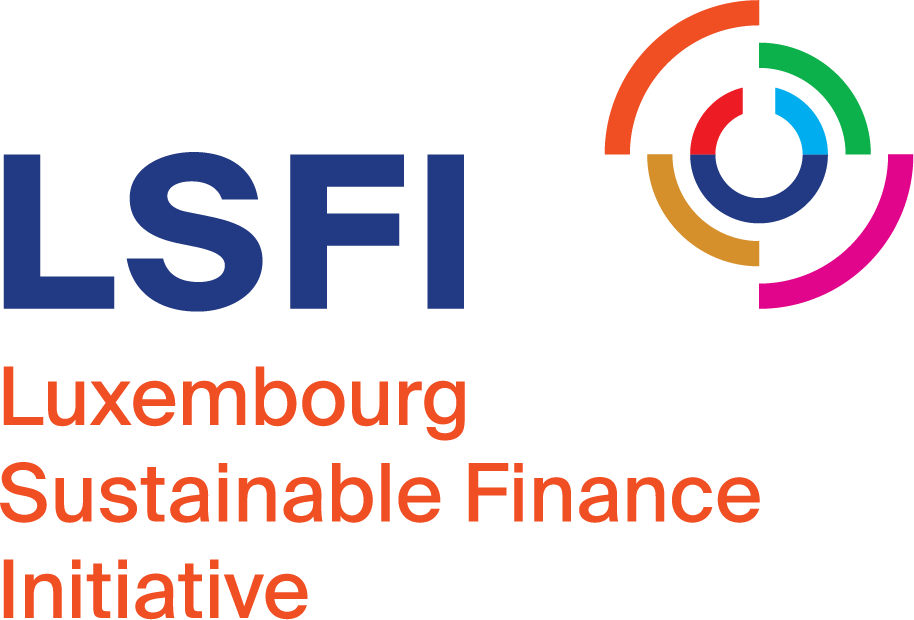ESG ratings are a ubiquitous part of the sustainable finance world.
They inform a range of investment products and decisions, from ESG-indexes to criteria in sustainable improvement loans and engagement decisions. Given their prominence, governments are increasingly exploring the need to regulate the provision of these ratings.
Despite their prominence, there seems to be significant confusion in the market as to what exactly they are designed to measure, how well they do it, and the type of regulation that should support ESG market development.
While there is a significant body of research on the correlation between ESG ratings from different service providers, there is limited analysis of market perceptions on whether ratings measure risk or sustainability, the relationship between the two, and the perception of different stakeholders. Sustainability risk refers to the risks related to sustainability themes that may impact a company’s financial performance, whereas sustainability footprint or performance refers to the impact a company has on sustainability outcomes.





